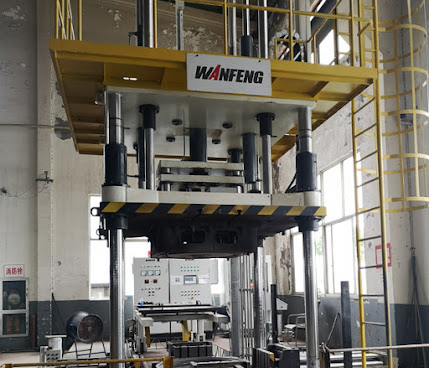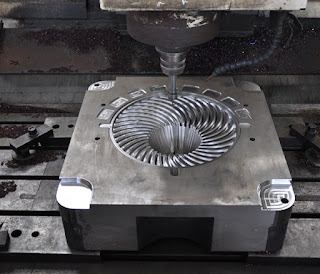What Is Low Pressure Die Casting?
Low-pressure
die casting is a method of production that to fill molds with molten metal such
as aluminum low pressure casting and
magnesium uses pressure rather than gravity. In this process, below the cast
the holding furnace is located and through a riser tube and into the cavity the
liquid metal is forced upwards.
To
fill the mold and hold the metal in place within the die until it solidifies
the pressure is applied constantly, sometimes in increasing increments. The
pressure is released once the cast has solidified and any residual liquid in
the tube or cavity flows back into the holding furnace for recycling. The cast
is simply removed when it is cooled.
Benefts of Low-Pressure Die
Casting
This
method allows you to have precise control of the filling process. If you inject
the molten metal in this way then it reduces oxide formation and reduces
porosity, and make sure that it is superior consistent from top to bottom.
More
complex geometries can be achieved with the use of sand cores within the molds where
as the above method is greatly suited to simpler, symmetrical forms. With the benefit
of uncomplicated machinery and technology, the low pressure die casting process
by aluminum low pressure casting manufacturer lends itself well to automation.
The Auto Industry and
Beyond
From decades the automotive industry has relied upon low-pressure die casting to create strong, high-quality aluminum casts. However, its use was primarily limited to the luxury class of the automotive market, due to its relatively slow casting process where lower quantities and higher costs are expected. Now, as ways have been successfully made to make this method more cost-effective, the automotive industry has decreased the time of the casting cycle by 50% and resulted in making low-pressure casting a far more economical choice than it once was.
Although for automotive components such as engine blocks, wheels, and suspension parts low-pressure casting by aluminum low pressure casting machine is an exceptional choice whereas non-automotive industries such as electronics, machine-building, and pipe assemblies take advantage from its exceptional metallurgic quality, lower machining costs and high volume yield. For all of these industries cast aluminum’s superior electrical and thermal conductivity make it a very desirable choice. Follow us on: Facebook










